Are you interested in applying for an ASDA national leadership position? Do you have questions about what council work entails? Here, four national leaders answer questions about what it’s like serving at the national leadership level.
Why did you apply for a national ASDA position? How would you describe the application process?
Joell Chen, Roseman ’21, Council on Professional Issues Associate: I served as the district 10 chair on communications during my D2 year and was inspired to continue my ASDA involvement on the national level. The application process was pretty straightforward. It’s all online and includes a few short answer responses and you have to include your current CV. I also spoke to previous national ASDA leaders at my school to hear what their day-to-day involvement actually looked like.
Janae Momchilovich, Marquette ’21, Council on Advocacy Legislative Coordinator, Districts 6-7: I wanted to apply for a national position because I caught ASDA Fever at my chapter and wanted to make a bigger impact within ASDA. The application process was pretty streamlined. The most difficult part was putting together my CV, but thanks to breakout sessions at NLC, I had some guidance! The application was a great opportunity to showcase my passion for the position I was applying for.
Stephanie Sforza, Ohio State ’20, Council on Membership Chair: I was interested in a national ASDA position after my friend and district trustee suggested I apply. I had served in various roles at the local and district levels in previous years and was excited about using what I gained from my experience in those positions to have an even greater impact. The application process seemed daunting at first, but it was easier than expected once I got started!
Callista Schulenberg, LECOM ’22, Editorial Board Electronic Editor: I found out about the editorial board and national ASDA leadership positions during NLC in 2018 when I was a first-year. My chapter president introduced me to Kai Huang, who was our district 5 trustee at the time, and we talked about writing and a blog project I have been running in my free time since undergrad. He encouraged me to apply to the ASDA Editorial Board, and the rest was history!
Why did you choose your specific leadership position?
Joell: The ASDA Council on Professional Issues’ mission statement addresses a number of topics I find the most engaging as a current student. These include community service, ethics, diversity and inclusion. As a council associate, I love helping build initiatives that enrich people’s dental school experiences!
Janae: I chose my specific position because I have always had an interest in advocacy. It’s so important to stay up-to-date on the topics relevant to dentistry that are brought up in the political world. Being part of the ASDA Council on Advocacy allows me to be at the front lines of newly released legislation and to stay active in shaping the future of dentistry.
Stephanie: The ASDA Council on Membership was appealing to me mostly because of the work the executive team and I had done at Ohio State the prior year to ramp up membership and engagement at our non-auto-enroll chapter. I found that I loved sharing my “why ASDA” story and helping other dental students see the value of an ASDA membership.
Callista: I chose to apply to the ASDA Editorial Board because I have loved the written word since I could read and hold a pencil (or I guess it was a crayon!) When I found out about the opportunity to combine my love for dentistry and writing, I knew I had stumbled across something truly special.
How has your position enriched your life?
Joell: If you ask any national leader, he or she will likely list community as one of the best aspects of leadership. We have a unique opportunity to partner and make connections across the country. Dental school can sometimes make me focus on myself more than I realize, but national ASDA brings me a broader perspective on issues that affect our generation of students.
Janae: Aside from learning more about advocacy, I have learned about being a leader. Since I am overseeing two districts, I have had to become the contact point for various leaders. Managing the different responsibilities between being a chapter leader, a national leader and a dental student has also helped me manage my time and improve my communication skills. Having a national position also has allowed me to increase my networking circle, thus increasing my ASDA Fever and making me that much more excited to have dentistry as my future career.
Stephanie: The two greatest things I’ve received through this position are the incredible people that I’ve met and the opportunity to stretch myself further as a leader.
Callista: Being an electronic editor has not only helped me with my own writing and ability to edit professionally, but it has allowed me to learn how the editorial and publication process works for a national organization such as ASDA. Each day, I look forward to working with student authors from all over the country. Reading their stories and learning about their perspectives is truly an honor that I won’t ever take for granted. I love working for ASDA Blog, and this year is one I will remember and look back on fondly for the rest of my life!
Applications for the 2020-21 national ASDA leadership cycle are now open. Deadline for submissions is Dec. 15.
~Shilpa Kudva, Texas A&M ’21


 Is the allure of chocolate its silky, smooth mouthfeel? Using a unique x-ray technique, researchers have determined that chocolate's microstructure affects how quickly or slowly chocolate melts in the mouth, contributing to the pleasing mouthfeel consumers crave.
Is the allure of chocolate its silky, smooth mouthfeel? Using a unique x-ray technique, researchers have determined that chocolate's microstructure affects how quickly or slowly chocolate melts in the mouth, contributing to the pleasing mouthfeel consumers crave. Dentists may be writing fewer opioid prescriptions for Medicaid patients, but recipients are still likely to get the drugs if emergency room practitioners or others treat their dental problems, according to a study in October issue of thethe Journal of the American Dental Association.
Dentists may be writing fewer opioid prescriptions for Medicaid patients, but recipients are still likely to get the drugs if emergency room practitioners or others treat their dental problems, according to a study in October issue of thethe Journal of the American Dental Association.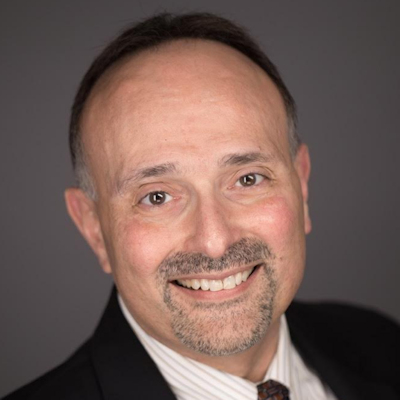 Benzocaine has been in the news lately, and dental pharmacology expert Tom Viola, RPh, discusses the dangers that can be triggered by the anesthetic and also what dental professionals need to know and should be telling their patients about its usage.
Benzocaine has been in the news lately, and dental pharmacology expert Tom Viola, RPh, discusses the dangers that can be triggered by the anesthetic and also what dental professionals need to know and should be telling their patients about its usage. Teens who spend much of the day watching TV or on their phones consume more sugared, caffeinated drinks, linking extended screen time with potential health problems, including obesity, caries, and diabetes, according to a new study published October 22 in PLOS One.
Teens who spend much of the day watching TV or on their phones consume more sugared, caffeinated drinks, linking extended screen time with potential health problems, including obesity, caries, and diabetes, according to a new study published October 22 in PLOS One.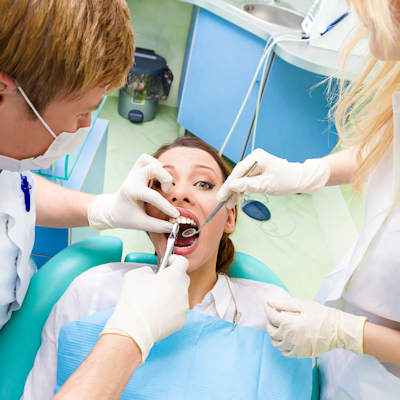 About 1 in 5 working-age adults in the U.S. skip needed dental care each year, according to data from the ADA Health Policy Institute. This amounts to nearly 48 million adults who delay or forgo dental care, often for financial reasons.
About 1 in 5 working-age adults in the U.S. skip needed dental care each year, according to data from the ADA Health Policy Institute. This amounts to nearly 48 million adults who delay or forgo dental care, often for financial reasons. A woman wants an Illinois court to dismiss a multimillion-dollar lawsuit that a dentist filed against her, claiming she wrote hundreds of negative online reviews and made false statements that have destroyed his reputation, according to court records.
A woman wants an Illinois court to dismiss a multimillion-dollar lawsuit that a dentist filed against her, claiming she wrote hundreds of negative online reviews and made false statements that have destroyed his reputation, according to court records. A natural plant compound with anticancer properties may one day help treat periodontal disease, according to a study published on October 26 in BMC Oral Health. The authors explored the ways the compound, known as luteolin, could boost oral health.
A natural plant compound with anticancer properties may one day help treat periodontal disease, according to a study published on October 26 in BMC Oral Health. The authors explored the ways the compound, known as luteolin, could boost oral health.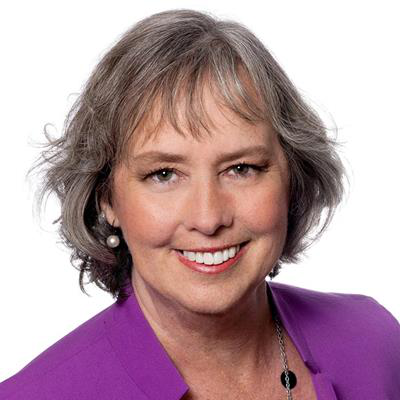 Hackers are getting more sophisticated, and ransomware has become the most common type of cyberattack. While you cannot totally prevent an attack, you can take some preventive steps to ensure a quick response and recovery to an attack. Cybersecurity and privacy expert Debi Carr discusses the ways you can protect your practice and your data.
Hackers are getting more sophisticated, and ransomware has become the most common type of cyberattack. While you cannot totally prevent an attack, you can take some preventive steps to ensure a quick response and recovery to an attack. Cybersecurity and privacy expert Debi Carr discusses the ways you can protect your practice and your data. A Connecticut dentist has been arrested on charges of trying to entice someone he met on the internet who he believed to be a 15-year-old girl into having sex, according to the U.S. Department of Justice.
A Connecticut dentist has been arrested on charges of trying to entice someone he met on the internet who he believed to be a 15-year-old girl into having sex, according to the U.S. Department of Justice. Increased consumption of sugary soft drinks may be a leading cause of tooth enamel and dentine erosion in obese patients, and excessive body fat also is linked with tooth wear, according to a study published October 28 in Oral Clinical Investigations.
Increased consumption of sugary soft drinks may be a leading cause of tooth enamel and dentine erosion in obese patients, and excessive body fat also is linked with tooth wear, according to a study published October 28 in Oral Clinical Investigations.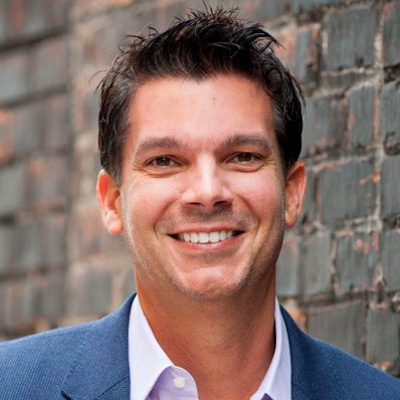 Dr. David Rice of IgniteDDS shares his knowledge on building full-arch temporary restorations. He describes three key steps and offers simple tips to make amazing restorations for your patients.
Dr. David Rice of IgniteDDS shares his knowledge on building full-arch temporary restorations. He describes three key steps and offers simple tips to make amazing restorations for your patients.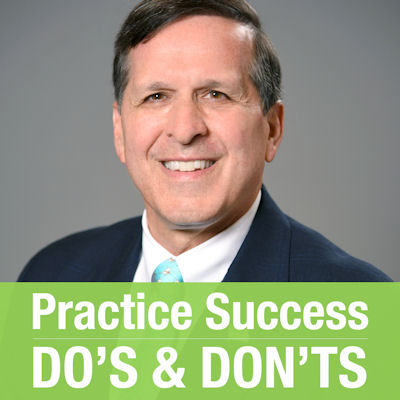 Patients place premium value on the relationships that they have with their doctor and the dental team. And if you place premium value on keeping those relationships strong with excellent customer service, your practice will be successful, Dr. Roger P. Levin advises in his latest Practice Success tip.
Patients place premium value on the relationships that they have with their doctor and the dental team. And if you place premium value on keeping those relationships strong with excellent customer service, your practice will be successful, Dr. Roger P. Levin advises in his latest Practice Success tip.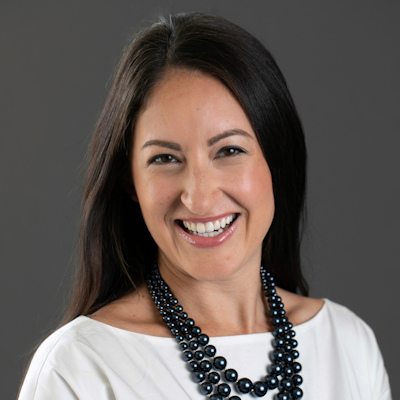 At one time, blogging was for fashion mavens and recipe creators, but that time is in the past. In today's world, if your small business does not have a strong blogging platform, you are leaving money on the table, Dr. Mikaeya Kalantari writes. She highlights four key benefits of blogging that dental practice owners should consider.
At one time, blogging was for fashion mavens and recipe creators, but that time is in the past. In today's world, if your small business does not have a strong blogging platform, you are leaving money on the table, Dr. Mikaeya Kalantari writes. She highlights four key benefits of blogging that dental practice owners should consider. Antibiotics are not recommended for most toothaches for managing urgent dental pain and swelling, according to a new ADA guideline published in the Journal of the American Dental Association. Instead, antibiotics should be reserved for patients with systemic conditions, such as fever, brought on by dental conditions.
Antibiotics are not recommended for most toothaches for managing urgent dental pain and swelling, according to a new ADA guideline published in the Journal of the American Dental Association. Instead, antibiotics should be reserved for patients with systemic conditions, such as fever, brought on by dental conditions. Approximately 44% of people take personal health or fitness actions based on the advice they find on social media platforms, according to the Parade/Cleveland Clinic Healthy Now survey of U.S. adults.
Approximately 44% of people take personal health or fitness actions based on the advice they find on social media platforms, according to the Parade/Cleveland Clinic Healthy Now survey of U.S. adults. An Illinois woman who claims to have debilitating health conditions as a result of four wisdom teeth being removed without her consent has filed a lawsuit against the dentist and another person involved in the procedure, according to news reports.
An Illinois woman who claims to have debilitating health conditions as a result of four wisdom teeth being removed without her consent has filed a lawsuit against the dentist and another person involved in the procedure, according to news reports. Dental assistants are often the unsung heroes of a practice. Those who are empowered and engaged every day can make a difference in a practice's bottom line and daily operations. Elevating three key skills in these team members will show them you are invested in them as people and as critical members of the success of your business.
Dental assistants are often the unsung heroes of a practice. Those who are empowered and engaged every day can make a difference in a practice's bottom line and daily operations. Elevating three key skills in these team members will show them you are invested in them as people and as critical members of the success of your business. A former research technician and scientist for Colgate-Palmolive has admitted to stealing proprietary toothpaste formulas so that he could make and sell oral care products under a business he created overseas.
A former research technician and scientist for Colgate-Palmolive has admitted to stealing proprietary toothpaste formulas so that he could make and sell oral care products under a business he created overseas. Can bad teeth hinder your self-confidence and chances at a new job? Many low-income Californians say yes. A news article recently explored the difficulty some California residents encounter when trying to get a functional smile.
Can bad teeth hinder your self-confidence and chances at a new job? Many low-income Californians say yes. A news article recently explored the difficulty some California residents encounter when trying to get a functional smile. Doctors who appeared empathetic and conveyed high expectations of treatment success during pain procedures influenced the way patients felt about outcomes in a new study, published October 21 in Nature Human Behaviour.
Doctors who appeared empathetic and conveyed high expectations of treatment success during pain procedures influenced the way patients felt about outcomes in a new study, published October 21 in Nature Human Behaviour. A periodontist must pay approximately $1.3 million in a malpractice case in which a procedure to extract a molar in preparation for an implant placement resulted in bone and nerve damage, according to a judgment filed in a New Jersey court.
A periodontist must pay approximately $1.3 million in a malpractice case in which a procedure to extract a molar in preparation for an implant placement resulted in bone and nerve damage, according to a judgment filed in a New Jersey court. Fresh off its filing of a harassment lawsuit against the Dental Board of California, SmileDirectClub finds itself thrust in the news again with investigations into the way it markets it clear aligners and moves to further expand into another country overseas.
Fresh off its filing of a harassment lawsuit against the Dental Board of California, SmileDirectClub finds itself thrust in the news again with investigations into the way it markets it clear aligners and moves to further expand into another country overseas.